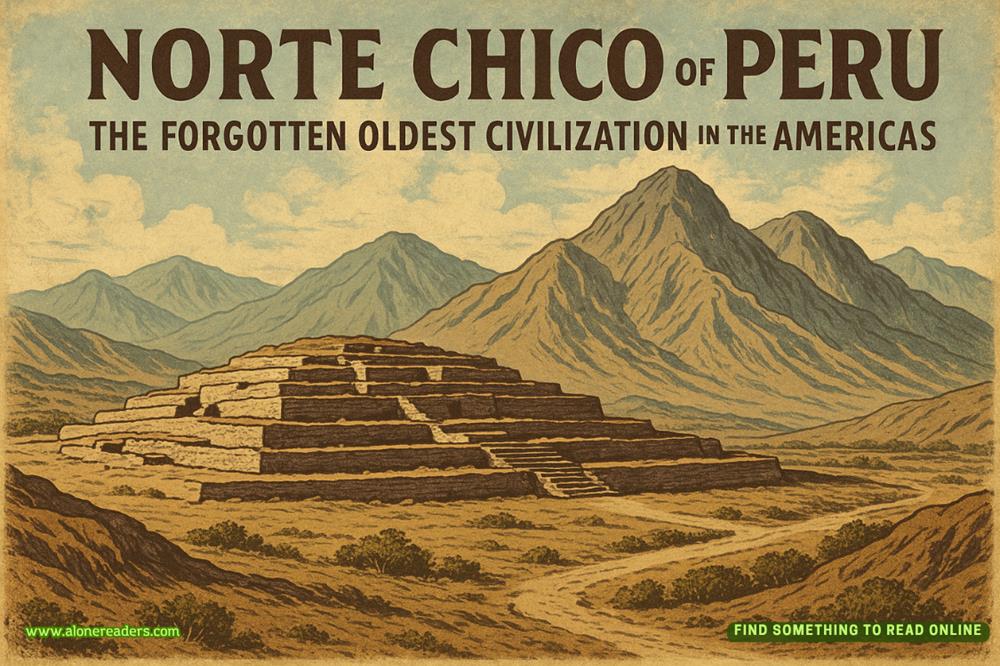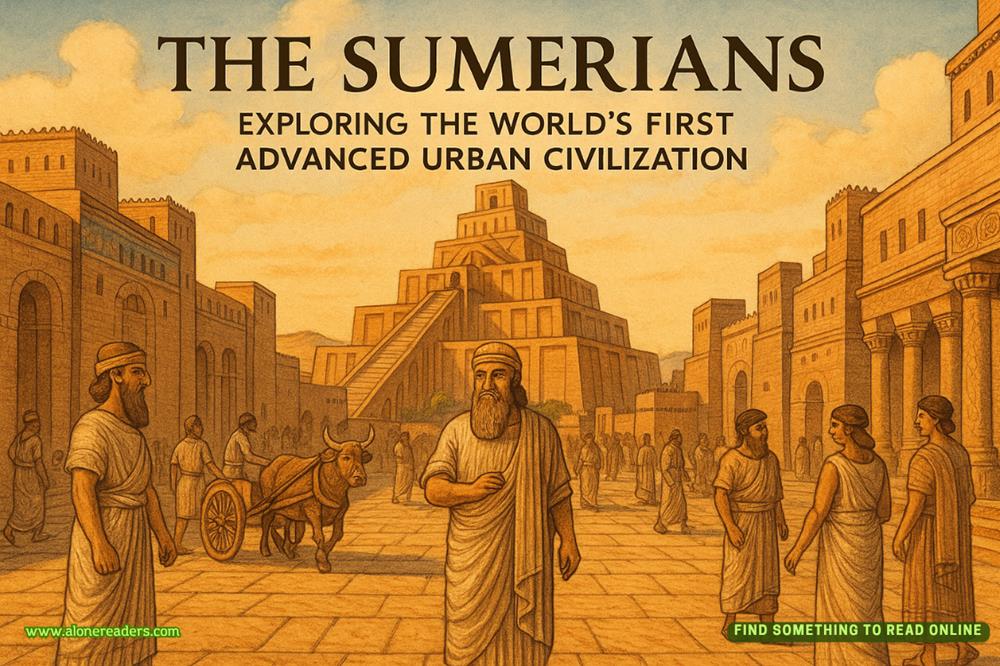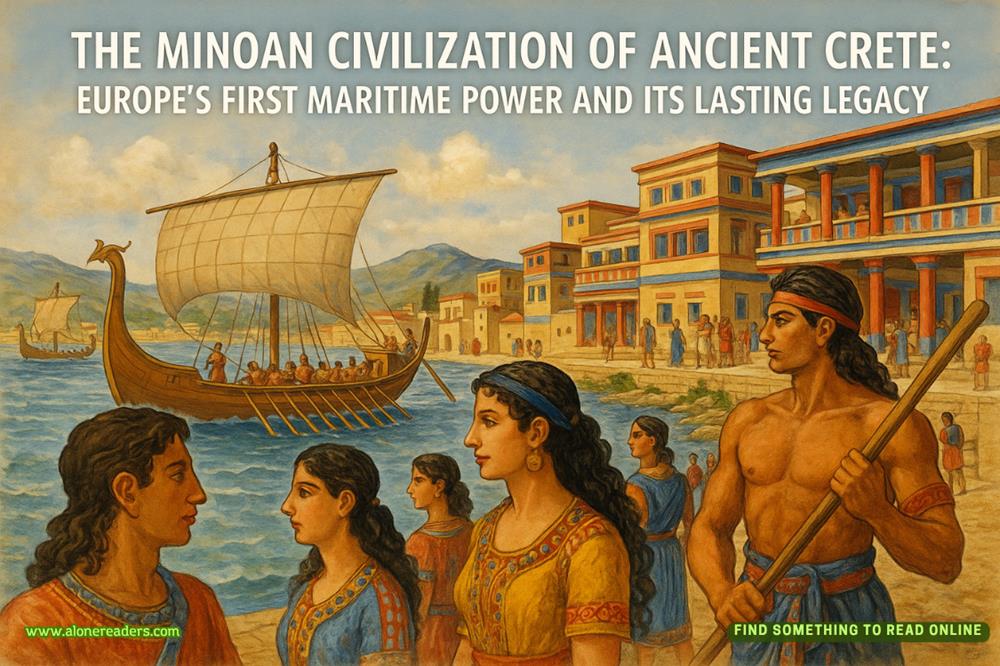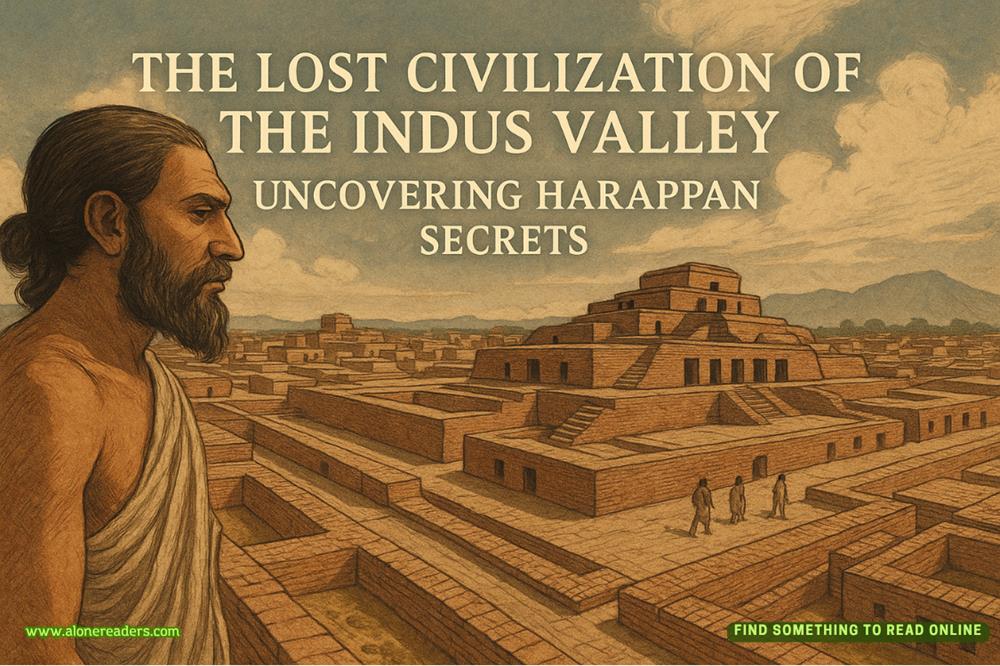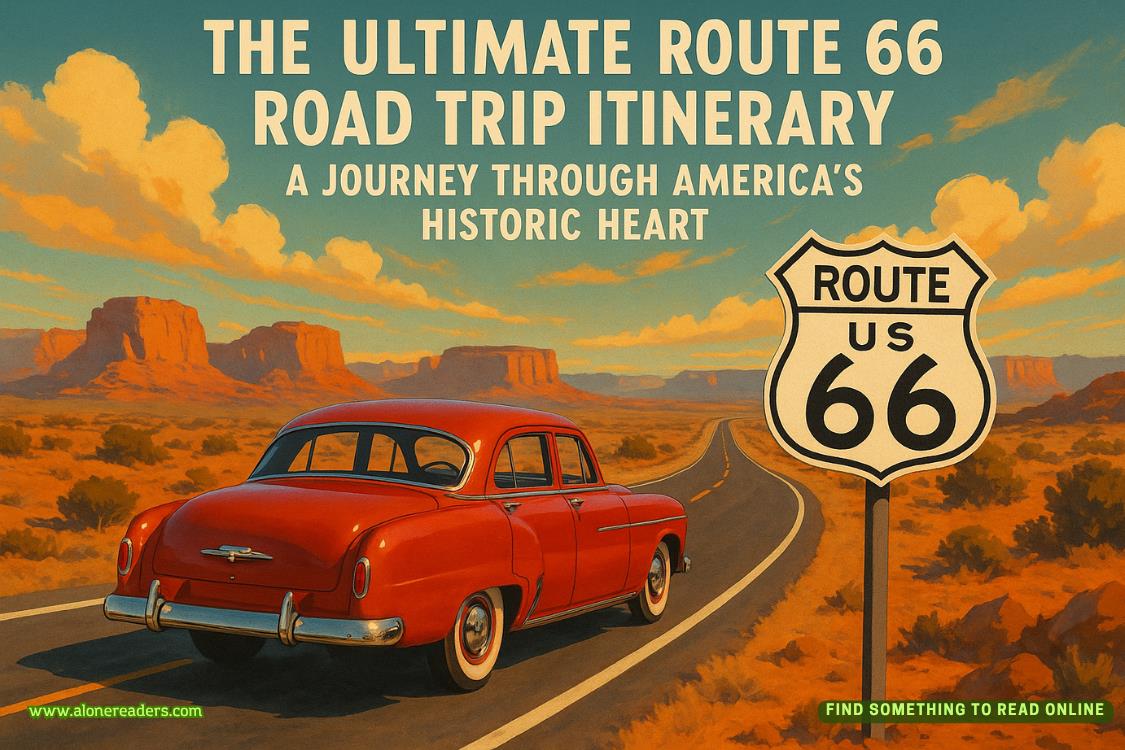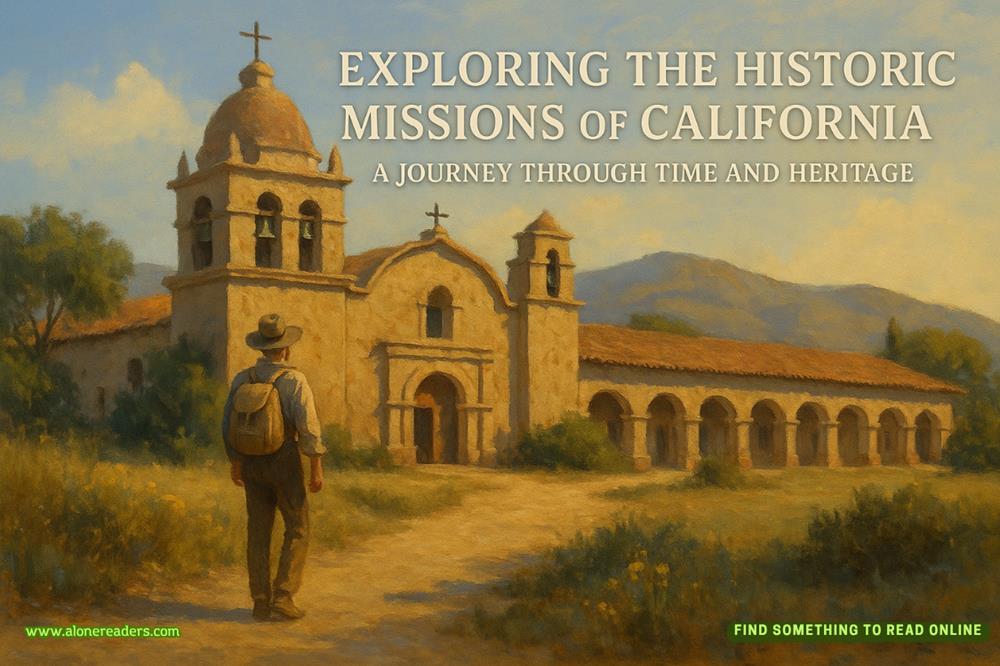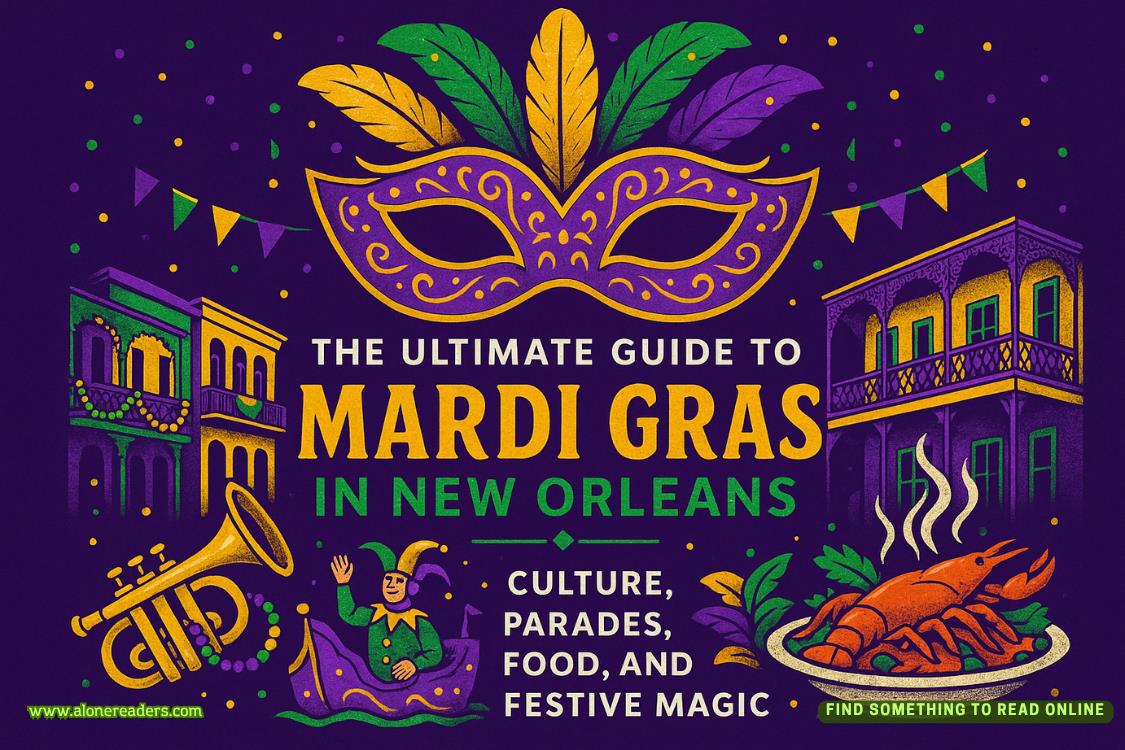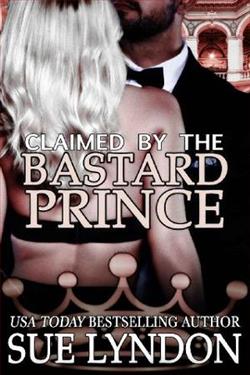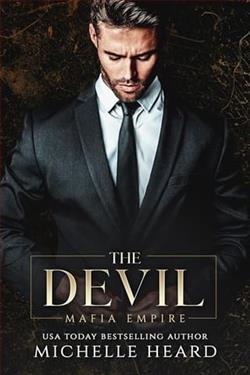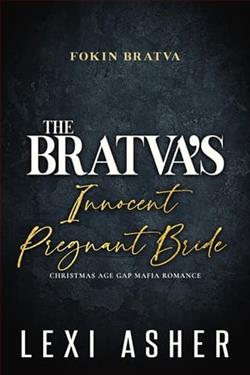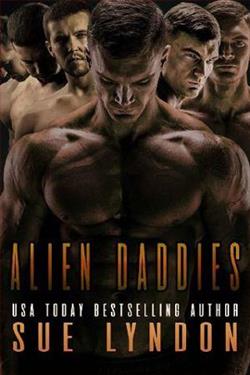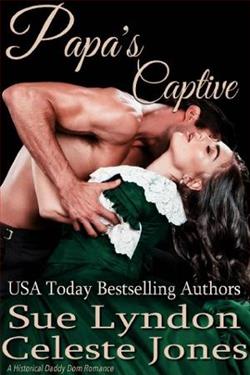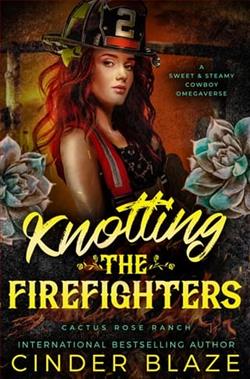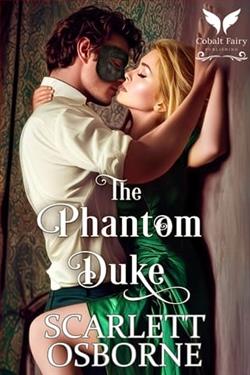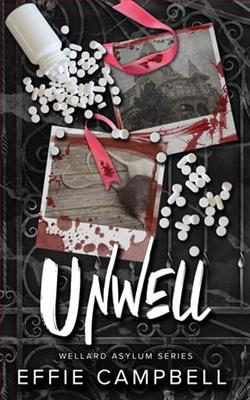Page 60 of The Last Days of Marilyn Monroe
Miller is Jewish, though since his 1925 bar mitzvah, he’s preferred a secular life. Despite no pressure from him, Marilyn wants to convert to Judaism before they marry. She’s never had any formal religious education, and she feels no attachment to the Protestantism she was born into.
Beyond attending synagogue at the High Holidays, the Millers aren’t especially observant, though they’re close to Rabbi Robert Goldburg. The rabbi travels from New Haven to Roxbury to guide Marilyn through an expedited course of study. Studying Jewish texts and practicing the rituals brings her great comfort and fulfillment.
And solidarity. Marilyn had once told Lee and PaulaStrasberg’s daughter Susan that she could “identify with the Jews” because “Everyone’s always out to get them, no matter what they do. Like me.”
“This is the girl I’m going to marry,” Miller tells his parents, Isidore and Augusta. He’d been nervous about getting their blessing, and greatly relieved when they gave it to him. “It is not that I would hesitate to marry you if they disapproved,” he’d written to Marilyn. “Truly, sweetheart, that was not it. It was that somewhere inside me I wanted their love to flow toward both of us because it would give me strength, and you too. It is not that they are my judges, but the first sources of my identity and my love.”
Marilyn pours out her longing for family in the kitchen of their home on East Third Street, near Avenue M, in Brooklyn. “For the first time in my life,” Marilyn tells them, “I have somebody I can call Father and Mother.”
The Millers have three children: oldest son Kermit, then Arthur, then youngest child and only daughter Joan, an actress who uses the name “Joan Copeland” professionally. As an early member of the Actors Studio, Copeland’s known Marilyn via the New York theater scene for quite some time.
“She didn’t think of herself as a fully qualified actress. She felt out of her depth at the Actors Studio, though she shouldn’t have,” Copeland says. Marilyn would shyly nod and smile at Copeland when they crossed paths, and eventually “would search me out at the Studio and we’d have lunch, talk about scenes.”
“She wanted to be part of our family,” Copeland says. “My mother made it comfortable for her, and my dad did. I did. So now she was in heaven because she had a nice boyfriend, shehad a father, and a girlfriend. So it made her feel like an ordinary person. A real person who has a family … She loved being in the family, and the idea of having a family was sacred to her.”
Hundreds of press descend upon Miller’s Connecticut property in the days after the news of the engagement breaks. A wedding between “America’s foremost foremosts,” as one columnist dubs them, is major news. Reporters are looking for quotes and details to fill their columns and double-page spreads. In the summer heat, they’re knocking on doors, hoping for water, food, cups of coffee.
The Roxbury paper runs a brief announcement:LOCAL RESIDENT WILL MARRY MISS MONROE OF HOLLYWOOD, noting,ROXBURY ONLY SPOT IN WORLD TO GREET NEWS CALMLY.
But Miller is a private man who wants to be left alone. He puts off answering their questions by promising a press conference at the end of the week.
On Friday, June 29, 1956, some five hundred reporters surround Miller’s colonial house, smoking cigarettes while they wait for a joyous announcement.
Their vigil is interrupted by tragedy.
Around one o’clock in the afternoon, brakes screech, glass shatters, and metal smashes. The assembled reporters collectively hold their breath and turn to look up the narrow lane toward the source of the terrible sound.
Careering around the corner comes the old station wagon with Arthur Miller and his cousin, Morton Miller, at the wheel.The car comes to a hard stop. Out bolts Marilyn. Her face is tearstained, and there’s blood on her shirt. She runs into the house, Miller following closely behind her.
Cousin Morty tearfully relates that there’s been a car crash. The driver of a press car in pursuit of the soon-to-be Mr. and Mrs. Miller lost control on the unfamiliar road and has smashed head-first into a tree. Its passenger, Mara Scherbatoff, the New York bureau chief ofParis Match,has fatally severed an artery in her neck.
The poor woman. How did that happen? We’ve just come from getting our marriage license. It’s a bad omen for our future.Marilyn’s thoughts run together as she paces the kitchen.Now television cameras are being set up on the lawn.
There’s no avoiding the promised press conference now. But Miller still refuses to answer any questions.
Inside the house, Marilyn takes her friend and business partner Milton Greene aside and begs his advice.
“Arthur wants me to marry him,” she says. “Now—tonight. Tell me if I’m making a mistake. What do you think?”
Greene is stunned that after all the couple’s fervent declarations of love, Marilyn doesn’t know her own heart.
“Marilyn, you must do what you think best,” Greene tells her.
They concoct a secret plan. Once the crowd dissipates, the couple drives across the Connecticut state line to New York. There, at the Westchester County Courthouse in White Plains, Judge Seymour Robinowitz cuts short his own anniversary celebration to perform a four-minute civil ceremony at 7:21 in the evening before two witnesses, Morty Miller and his wife.Other attendees include Milton Greene and Samuel Slavitt, Miller’s lawyer. On the marriage certificate, Marilyn records her true age, thirty. Miller is forty, nearly forty-one.
TheNew York Timeslater reports that “Miss Monroe wore a sweater and a skirt and no hat. Mr. Miller wore a blue suit and a white shirt but no tie.”
They have successfully evaded the press.
But in all the haste, there’s been no time to buy a ring. Just as in Marilyn’s marriage to Joe DiMaggio, her groom borrows a family ring to slip on his bride’s finger, a 22k gold family heirloom from 1876.
Two days later, Rabbi Goldburg signs the certificate of Marilyn’s conversion to the Jewish faith. A Jewish ceremony is planned for later in the afternoon, at the French-country-style home of Miller’s entertainment agent, Kay Brown.
Arthur Miller has a vision for their wedding. “I have been thinking crazy thoughts. For instance, a wedding with maybe fifty people. Maybe in Roxbury, maybe somewhere else in a big house. And Bob and Jane there. And just a little bit of ceremony,” he writes. “I want the kids to see us married, and to feel the seriousness and honorableness of our marriage … I want this for their sakes as much as for my own pride and my joy; so that they will see their Grandma and Grandpa full of happiness.”
His vision is largely realized.
Marilyn trades the simple pencil skirt, shirt, and gloves she wore to the courthouse for an empire-waist tea-length muslin chiffon gown with ruched sleeves by designers Norman Norell and John Moore, along with a short chin-length veil Amy Greene has soaked in coffee to more closely match the dress’sbeige color. Hedda Rosten is the maid of honor, and Marilyn’s acting guru, Lee Strasberg, gives the bride away.
